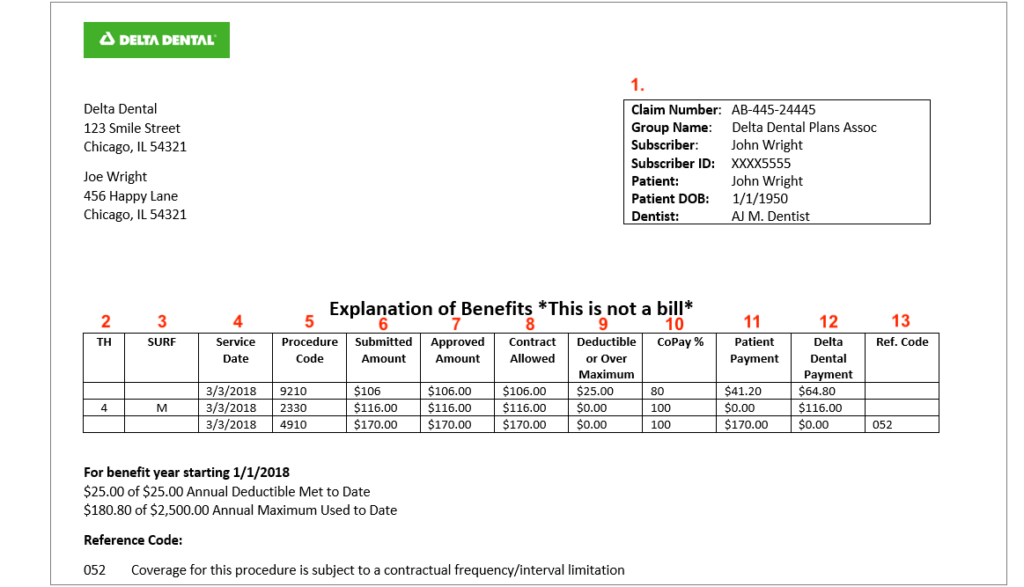Navigating the World of Dental Insurance
 Imagine you wake up one morning with a nagging toothache that just won’t go away. You know it’s time to see the dentist, but the thought of navigating through your dental insurance options makes your head spin even more than the toothache. This is a scenario many face, but understanding your dental insurance doesn’t have to be a daunting task. In fact, with the right knowledge, you can make your dental insurance work for you, ensuring that your smile stays bright and your dental health remains top-notch.
Imagine you wake up one morning with a nagging toothache that just won’t go away. You know it’s time to see the dentist, but the thought of navigating through your dental insurance options makes your head spin even more than the toothache. This is a scenario many face, but understanding your dental insurance doesn’t have to be a daunting task. In fact, with the right knowledge, you can make your dental insurance work for you, ensuring that your smile stays bright and your dental health remains top-notch.
Understanding Dental Insurance Terms
Dental insurance can seem like a maze of terms and percentages, but it’s actually built on a few basic concepts:
- Premium: This is the amount you pay, often monthly, for your dental insurance coverage.
- Deductible: The set amount you must pay out of pocket before your insurance starts covering your dental costs. It’s like the entry fee to the benefits of your insurance.
- Copayment (Copay): A fixed amount you pay for a dental service at the time of the visit, which is part of the insurance agreement.
- Coinsurance: This is your share of the costs of a dental service, represented as a percentage. For example, if your insurance covers 70% of a procedure, you’re responsible for the remaining 30%. Sometimes the terms copayments and coinsurance are used interchangeably.
- Annual Maximum: The maximum amount your insurance will pay for dental work in a year. Once you hit this limit, any additional costs come out of your pocket. In most dental plans, this can range from $1000 to $2000 per calendar year.
Introducing the “Explanation of Benefits”
After undergoing any form of dental (or medical) treatment that uses insurance, you will receive an Explanation of Benefits (or EOB) statement. The EOB is not a bill. It is a statement that breaks down any dental treatments or services that you have received into what was paid and what is owed. It shows you what was covered, what wasn’t, and describes what you may still owe to the dental office. It’s always a good idea to review the EOB carefully to verify that your insurance company is covering you properly for your dental treatment.
Using this example from Delta Dental, here are the main parts of the EOB:

- Subscriber and member identification information, dentist name and the claim number. You might need this information to check on the status of a claim status.
- TH or Tooth No.: This refers to the tooth number(s) treated. This ranges from 1-32 for adults and A through T for children. Note that these values are specific for Delta Dental insurance, and could differ for other insurances.
- SURF: This identifies the surface of the tooth that was treated. This could include the front side (M: mesial), back side (D: distal) or other areas of a tooth.
- Service Date: The date the procedure was performed.
- Procedure Code: Also referred as the CDT Code (Current Dental Terminology Code), a set of codes used to identify the procedures performed at the dentist’s office.
- Submitted Amount: This is the dollar amount the dentist submitted to your insurance company for a given procedure.
- Approved Amount or Maximum Approved Fee: This is the dollar amount that your insurance approved for the services you received.
- Contract Allowed or Allowed Amount: This amount depends on your employer’s contract with Delta Dental, as some employers may place a dollar limit on certain procedures. In most cases, the approved amount and allowed amount will be the same.
- Deductible: The amount you must pay before your insurance benefit begins.
- % Copay or Payment Level %: The dollar amount or percentage your dental insurance plan will cover per procedure. Tip: This is different from the flat copay that you typically pay during a physician visit for medical insurance.
- Patient/Member Payment: The patient/member payment is the dollar amount you pay.
- This is the amount that your insurer paid to your dentist.
- Reference Code, Adjustment Notice or Process Policies: Explains any limitation on your insurance coverage for the procedure you received.
If you have trouble understanding these terms, please don’t hesitate to contact your insurance carrier, or our office.
Tips for Maximizing Your Dental Insurance Benefits
We have a few important tips for you to maximize your dental insurance benefits. This is important to understand because, if you don’t, you lose them after they reset at the end of the year. So, you want to use them or lose them!

- Understand Your Plan: Before any procedure, make sure you understand what’s covered. This can prevent unexpected bills.
- Preventive Care: Most insurance plans fully cover preventive care like cleanings and check-ups. Take advantage of these to catch issues early.
- Timing is Key: Make sure to come in as soon as your benefits reset, so that you can schedule appointments in a timely manner and have enough time to maximize your benefits.
- Secondary Insurance: Many people have a partner or spouse who also has dental insurance. If you have access to two plans, you might use one for certain services and the other for different ones, depending on the coverage benefits.
How Forever Dental Can Help You
For those in Belmont-Cragin or Brighton Park, in Chicago, that are looking to make the most of their dental insurance, Forever Dental offers comprehensive services that include implants, crowns, bridges, dentures, and treatments for a whiter smile and cleaner teeth. With expertise in navigating dental insurance claims and maximizing benefits, Forever Dental ensures that patients receive the best care without the stress of insurance paperwork.
Conclusion
Understanding and utilizing dental insurance can significantly alleviate the financial burden of dental care, allowing you to maintain your dental health without undue stress. By familiarizing yourself with your plan’s details and strategizing your dental procedures, you can ensure that you and your family’s smiles remain bright and healthy. Have you thought about how you can make your dental insurance work better for you?
Reach out to our office to learn more about your dental insurance today.

